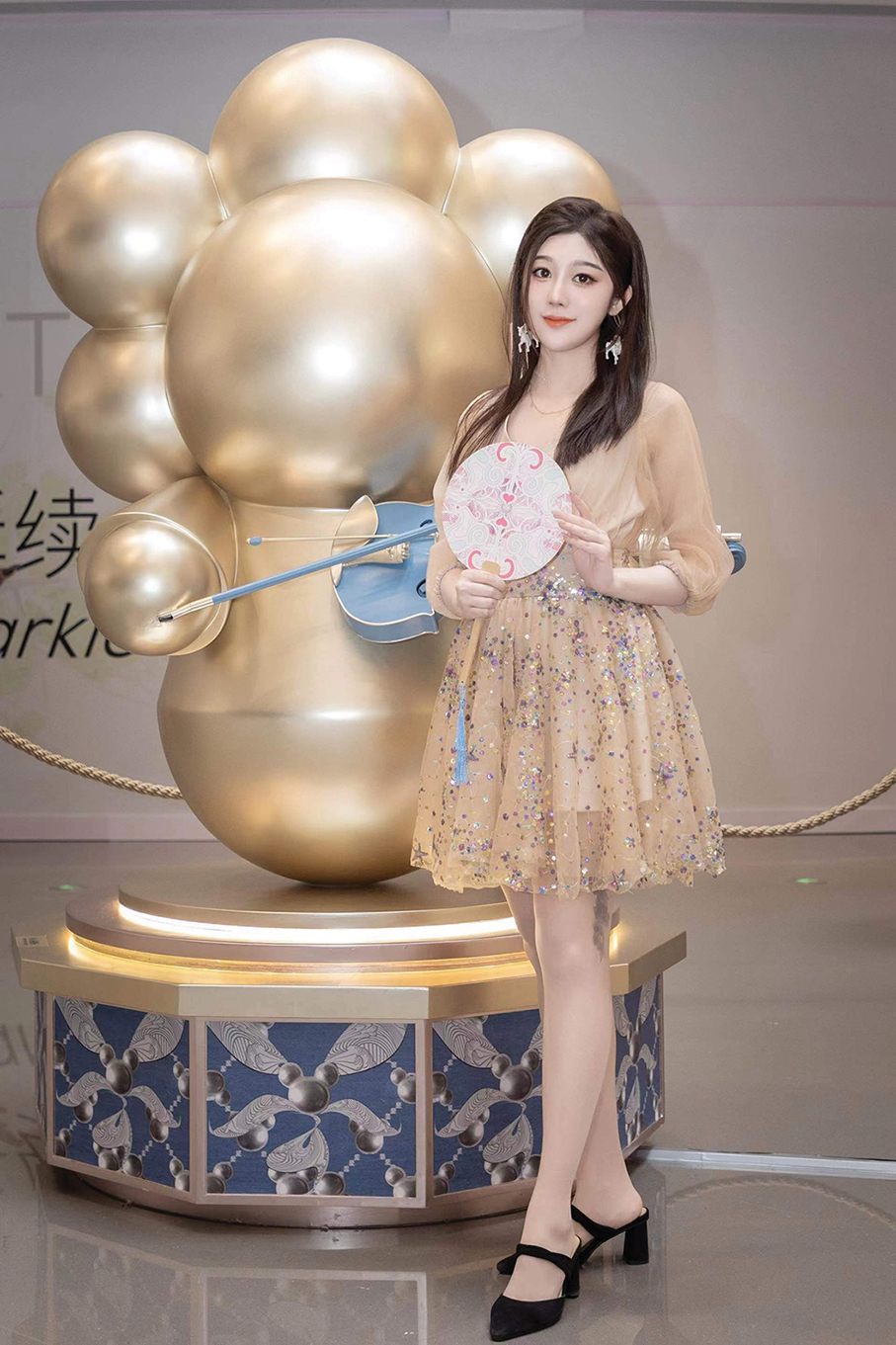Economic and Technological Development Bureau (DSEDT) Director Yau Yun Wah announced on Monday plans to launch large-scale installations of international intellectual property (IP) characters in the peninsula’s Ilha Verde and Iao Hon districts, accompanied by related consumer activities – and Macau-born artist Sanchia Lau (劉欣珏), chairperson of the Macau Art and Brand Crossover Association, told the Post yesterday that “to help local IP reach a global audience, it’s essential to leverage the influence of international IP to encourage greater participation from local artists”.
IP, short for intellectual property, traditionally refers to intellectual property rights. However, according to Sanchia Lau, with the emergence of IP characters such as BE@RBRICK and the continuously evolving IP series from POP MART, the concept of IP has expanded beyond legal definitions, now encompassing cultural and economic resources that foster the growth of tourism and the cultural and creative industries, including branding, imagery, storytelling and artistic design, all of which hold significant potential for derivable development, commercialisation, and cross-domain dissemination. As such, she pointed out, IP is increasingly recognised as a vital driving force behind the advancement of cultural and creative economies.
In Macau, the cultural and creative industries have received significant attention in recent years through the government’s “1+4” development strategy aiming to achieve Macau’s appropriate economic diversification. Thanks to specialised funding, local enterprises and artists are now better equipped to develop their IP brands, thereby injecting new momentum into the sustainable growth of Macau’s cultural and creative industries, according to Sanchia Lau.
Sanchia Lau has been engaged in IP incubation, licensing, and co-branding since 2021, successfully launching several commercial projects, including the “祈願娃娃” (“wishing doll”) series. For her, IP transcends a mere legal concept, as it serves as a “carrier for cultural significance and emotional resonance”.
Elaborating on her journey in establishing her brand, her collaborations with diverse artists, and her partnerships with cutting-edge cultural and entertainment companies, Sanchia Lau told the Post during yesterday’s phone interview her insights and perspectives on the development of IP brands in Macau.
Sanchia Lau moved to Beijing at the age of 15 and spent 10 years there, studying at the Central Academy of Fine Arts before finally attending Central Saint Martins, a world-renowned arts and design college of the University of the Arts London in the UK.
During her time at fashion magazine Harper’s Bazaar, Sanchia Lau closely monitored the dynamics and developments in the IP field. Thanks to resource building and experience, she decided to become an artist. With the rise of the cultural and creative industries, she founded her personal brand “SANCHIALAU” in 2017, focusing on creating, developing, and collaborating on knit and printed embroidery designs. In the meantime, Sanchia Lau has collaborated with a number of outstanding artists in joint exhibitions in Macau and the mainland, and she was one of the co-designers of the Macau Pass co-branded card launched during the 70th Macau Grand Prix. Sanchia Lau has also teamed up with POP MART, a Chinese toy company, to incorporate prints into toys. Next, she will join forces with Snoopy Global to represent Macau at the China Pavilion during the World Expo 2025 in Osaka next month.
Talking about the current IP market, Sanchia Lau said that the development of IP brands in Macau needs to be rooted in the local market while also reaching out for collaboration with the mainland and international partners. She pointed out that the Macau market is relatively traditional and lacks cross-disciplinary integration in areas such as technology, gaming, and animation, leading to weak connections between brands and limiting the marketability of IP derivative products.
In Sanchia Lau’s view, while the government provides support for IP localisation and international collaboration, along with strong backing from Macau’s integrated resort (IR) operators for cultural exhibitions, local artists have been given the opportunity to take part in a variety of cultural events, but local artists were, in fact, still limited only in local collaboration. “Macau is a very unique city. In my opinion, our local IP, creativity, designers, artists, and cultural entrepreneurs cannot solely rely on the local market; they must also seek opportunities beyond Macau,” she said.
Sanchia Lau noted that Macau’s development in the IP industry chain remains weak, with insufficient marketability for IP derivative products, primarily relying on external collaborations, such as with mainland China’s POP MART and MINISO, to strengthen its industry chain. However, Sanchia Lau said she believes that serving as a valuable platform for the exchange of Chinese and Western cultures and benefiting from its connections with Portuguese-speaking countries and other international advantages, Macau, in the future, could leverage its role as a conduit for connecting with the mainland and international exchanges to enhance the influence of local IPs and align them with the world’s top IPs.
Sanchia Lau said: “Many local IP practitioners are small- and medium-sized enterprises (SMEs) operating in a workshop format, rather than following the commercial art processes seen in Japan, such as with artists like Takashi Murakami”*. She emphasised the need for Macau to set up a platform to incubate more local IPs: “By leveraging current concert developments and international art exhibitions in Macau, local IP practitioners can connect and promote local culture. Simultaneously, they can gain international experience and participate more actively in domestic industry chains, including creation, marketing, and distribution channels”.
As a local government-appointed “ambassador” of Macau culture, Sanchia Lau’s work extends beyond commercial development, hoping that through crossover cooperation, more people can learn more about Macau’s culture: “So that people can learn more about Macau… by highlighting the city’s interesting historical buildings and cultural heritage, more visitors will be encouraged to come to Macau”.
She urged the government to support local art creators in terms of large-scale art installations and the revitalisation of the city’s old quarters.
* Takashi Murakami (村上隆) is a Japanese contemporary artist. He works in fine arts (such as painting and sculpture) as well as commercial media (such as fashion, merchandise, and animation) and is known for blurring the line between high and low arts. – Wikipedia

This undated photo provided by Macau Art and Brand Crossover Association Chairperson Sanchia Lau yesterday shows her posing next to a branded installation, “祈願娃娃”, which she designed.









